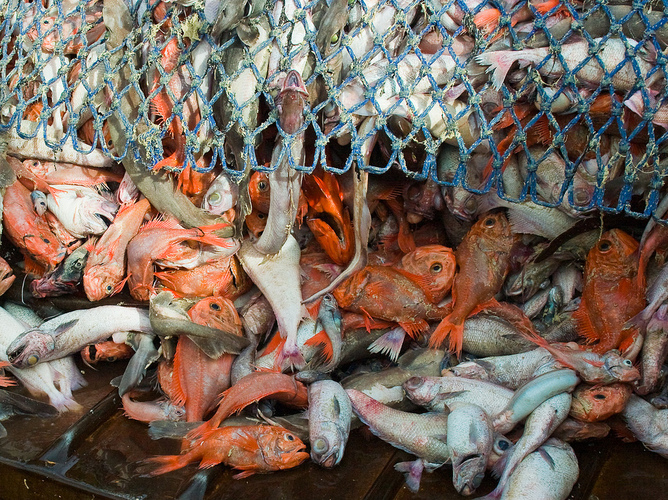According to the Living planet report, do you know that since 1950, 6 billion tons of fish and other invertebrates from seas have been extracted?
Do you know that more than 3 billion people in the world are affected by this loss in marine biodiversity?
Do you know that overfishing in Southeast Pacific and Southwest Atlantic affect more than 58% of the fish population that inhabit them?
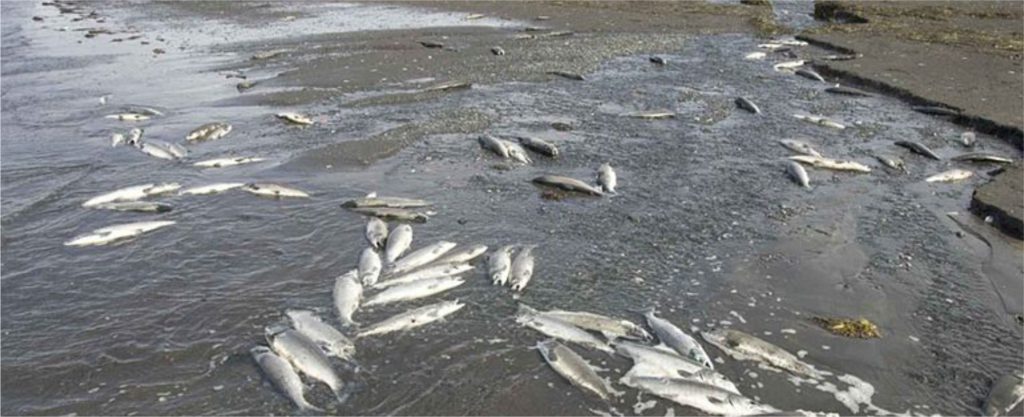
The silence of the oceans is being disturbed by these rippling secrets that may result in the extinction of the underwater world.
The Marine Ecosystem
Oceans are home to diverse living organisms. Rising ocean temperatures, over-spills, overfishing, and marine debris are threats to the marine ecosystem.
Seafood plays an important role in feeding today’s growing population. Fish and seafood are great renewable resources. They need to be carefully managed to avoid overfishing and environmental pollution. Nearly a third of the fish stocks are overfished and illegal and unregulated fishing is common too. Getting caught unintentionally in fishing gear, called Bycatch is another threat to the marine world.
The impact of these threats is just not on oceans alone, but on the entire humanity as such. There are a number of fishing and coastal communities that earn a livelihood in this sector. Global food security is also a major challenge.

Bluefin tuna is one of the widely used edible fish, whose demand has resulted in an increase in prices and has threatened its population. Fishermen resort to overfishing for an immediate payoff and this disturbs the ecosystem.
Chilean seabass is another fish popular in restaurants that are caught in international waters.
Fishing in this area is regulated by international agreements which gets difficult to enforce. Illegal fishing gets widespread if there is a regulation on the number of fish caught. Sustainable fishing practices are the solutions to these major problems.
What is Sustainable Fishing?
We need to enjoy our seafood and the aquatic population should remain for the future. A few of the traditional cultures have adopted sustainable fishing in the past. Today’s practices need to reflect the learnings from the past. The common fishing practices were hook and line, cast nets, and spearfishing. These methods were adopted by the fishing communities to cater to their daily needs.

Spearfishing is practiced all over the world in Asia, Africa, South America, and Australia. This method is sustainable as it targets one fish at a time, preventing bycatch. Rod and reel fishing is a modern hook and line method of fishing. In this method, the non-targeted species are let off thus preventing overfishing. This practice is a sustainable alternative to commercial fishermen.
Advantages of Sustainable Fishing
- Protects the marine ecosystem, ensuring the survival of all species.
- Prevents capture of endangered species.
- Sustainable fisheries accounting for 66% of catches are safe for consumption, assuring food safety to the consumer.
- Sustainable fishing provides employment to the global fishing industry.
- Reduction in pollution levels
- Sustainability of catches is certified under Marine Stewardship Council.
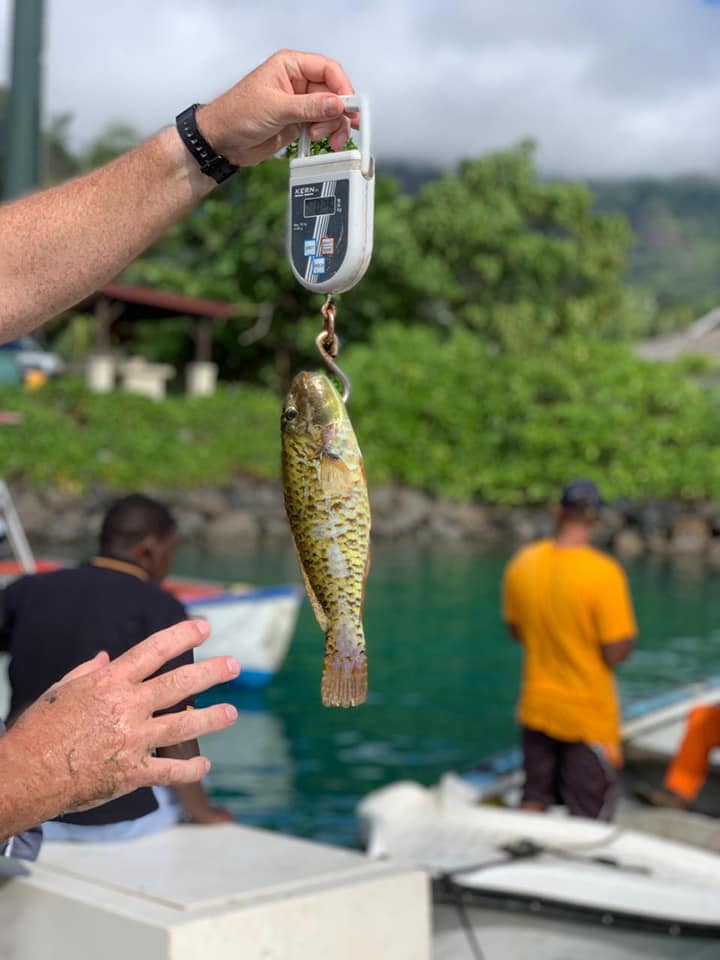
Transparency in Seafood Supply Chain
The global web of production in seafood allows coastal communities to sell their products to international markets and gives access to consumers all over for the seafood, inviting risks for them and businesses.
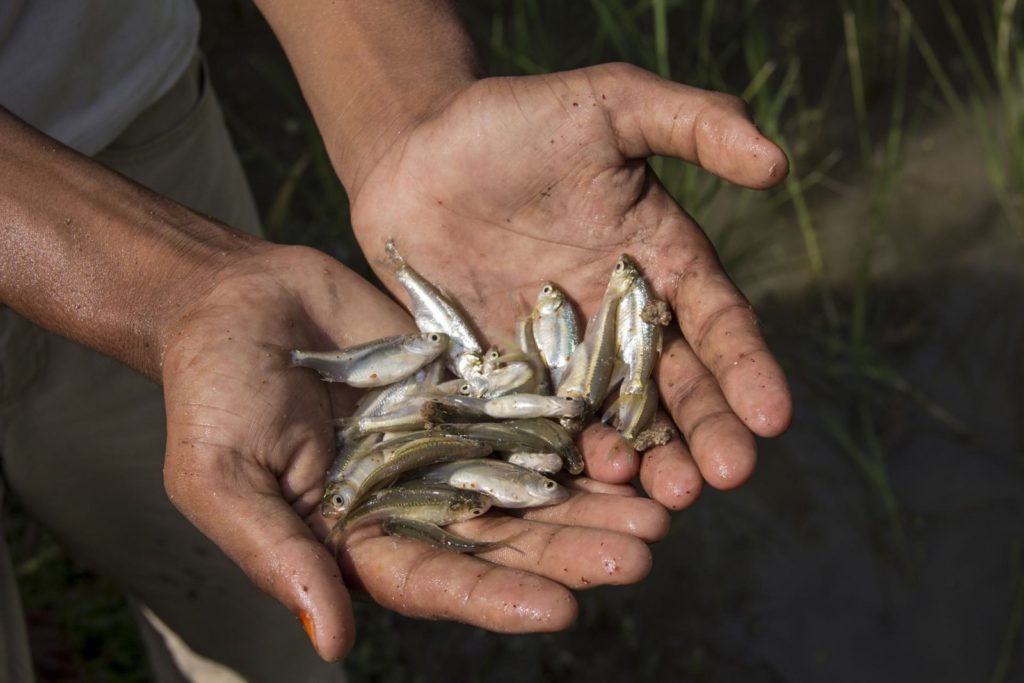
In this industry, seafood traceability is important for food safety, to authenticate their claims, and to verify sustainability. Tracing the fish from the bait to the plate, capturing information, and tracking movement at each stage in the supply chain is vital in the global seafood industry. Seafood Traceability mitigates risks related to food safety and protects human welfare and environmental sustainability.
Data is a key element to transparency in the fish supply chain. A study from the 3 top seafood markets in US, EU and Japan, reveals that in spite of import regulations, all the data is not captured and the source of fish is unknown. Standards for sharing and capturing consistent information should be in place and having the right KDEs will bring value to the consumer and the brand.
These standards are being tested by world’s biggest seafood processors and brand owners. Upgrading the traceability systems will bring return on investment to their businesses. The GDST1.0 standards is the foundation for data sharing, on which reliable seafood traceability can be built.
The ocean provides millions of jobs and feeds billions of people and seafood transparency proves accountability and the data helps to manage the fish supply chain more effectively. These standards will take the industry closer to a sustainable future.
Supply chain Challenges in Seafood
- 50% of global seafood market is farm raised
- Wild seafood supply chains face environmental and biological risks
- Seafood is perishable with a short shelf life and lack of cold storage facilities.
- Price margin imbalances result in mislabeling or illegal fishing.
- Lack of cold chain impedes the frozen seafood market
- Aggregation and transshipments in fisheries make it difficult to track fish at the point of harvest.
- Tracking the origin of fish and capturing data at each stage is lacking.
- Fraud, mislabeling, illegal sourcing unregulated catches, haunt the fish supply chain with lack of trust and transparency.
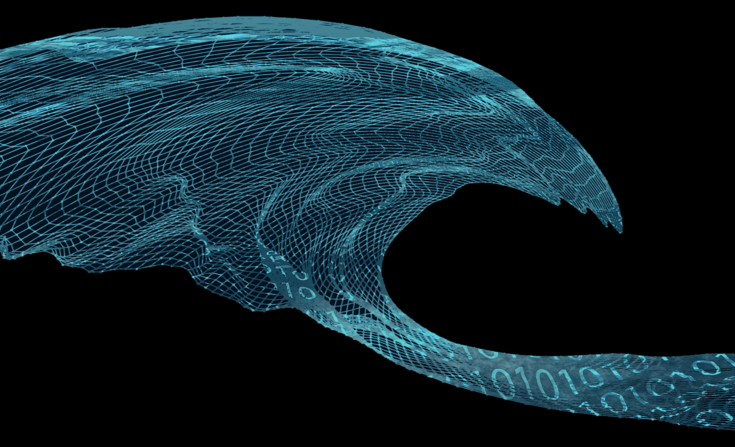
Blockchain Traceability addresses the issues of the fragmented fish supply chain and a peer-to-peer network ensures stakeholders share data and build a transparent, traceable, and secure supply chain. A decentralized system that incentivizes data and promises value to all stakeholders.
Why is Sustainability in Seafood important?
According to a study by Marine Stewardship council (MSC),54 % of consumers will be willing to pay more for sustainable seafood.
Seafood fraud has reduced by 8% in EU due to strict regulations whereas it has increased in US by 28%
1 in 5 seafood products globally are mislabeled
Only 10 % worldwide seafood comes from MSC certified fisheries
Every layer of the seafood chain has to be managed by best practices and traceability tools which will help to manage certifications and product information and also ensure the exchange of this information consistently among the stakeholders in the chain.
Supplier visibility is critical to ensure transparency and traceability in the supply chain where the manufacturers can identify problem spots and call out recalls in case of disease outbreaks. Transparency is required to ensure seafood is safe, sustainably sourced, legally caught and properly labelled.
The Ocean Disclosure project (ODP) promotes seafood transparency by disclosing seafood sources to businesses. The suppliers and manufacturers have to disclose the sources of wildly caught and farmed sources of fish and their environmental impacts. The other stakeholders have access to these disclosures. ODP works towards 100% sustainability by delivering greater transparency in seafood supply chains. It is a project of Sustainable Fisheries Partnership (SFP) to reduce environmental and social impacts of farm fishing and fishing and preserve the marine ecosystem.
Sustainable Fishing – The way ahead
Policymakers have to consider the needs of the consumers, the livelihood of the fisherman, and the data available as they go ahead. The use of new innovations in technology and close monitoring systems helps to keep a tab on these sustainable practices followed. Also incentivizing fishermen for the good practices adopted and encouraging them to be more aware of the environmental impact should be the drivers to sustainability.
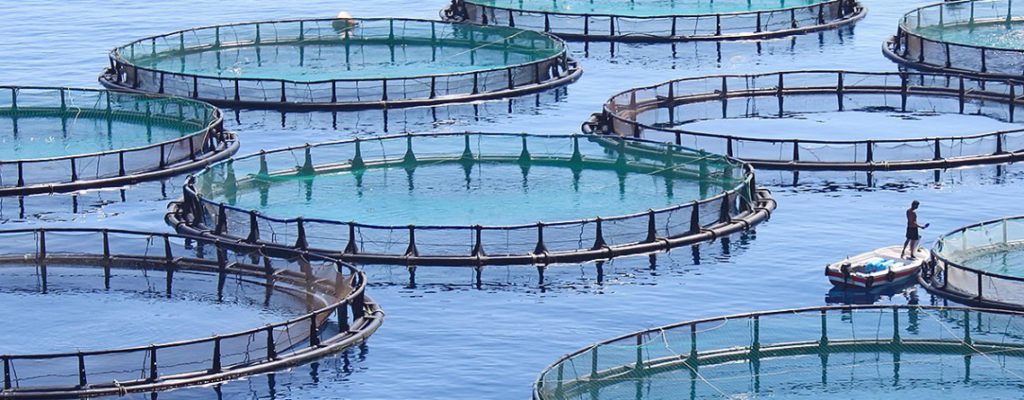
The Global Tuna Alliance supports sustainability of the tuna sector, developing harvest strategies and avoiding products from IUU fishing. Tunas are a sought-out commodity and its high demand has made tuna sustainability imperative.
World wildlife (WWF) works across supply chains, saving the marine ecosystem, the species, the communities associated with them with regards to livelihood and food security. It aims to harvest wildly caught and farm fish with zero environmental impact, creating a sustainable future on this planet.
The certification programs from the Marine Stewardship Council (MSC) for wild fish and Aquaculture Stewardship Council (ASC) for farm fish are vital to drive sustainability in the world’s oceans.

Check how TraceX’s blockchain traceability solutions helps to track and trace the fragmented seafood market by ensuring end to end visibility of the seafood supply chain
Greening the Blue: India is running towards gaining the lead back in aquaculture production!
Retailer companies such as Albertson´s Companies, Hannaford, Foodlion, Annova (US), Ahold Delhaize Group’s (The Netherlands), as well as private seafood companies like Thai Union group, High Liner Foods, and Chicken of the Sea, join the list of companies betting on traceability for their supply chains. Dive Into Seafood Traceability, the challenges and global approach!
Read more